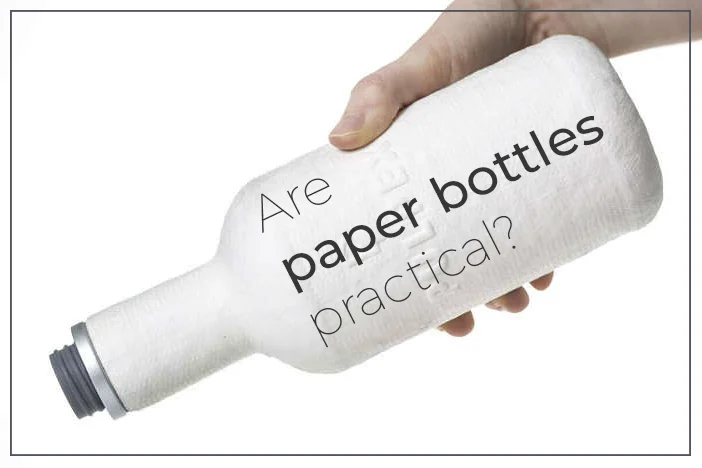Next PETG – The Wonder PETG Film
In the last decade, we have seen a growing trend of brands shifting from PVC to PETG shrink sleevesto support the environmental and sustainability factors.
In some of my recent articles, I have written about the challenges with this transition and how we can make the process easier by following a sequence of steps to achieve the transition.
For instance, most containers and hot air shrink tunnels are adjusted to run for PVC sleeves. To make it easier for PETG to run on similar tunnels, the shrinkage curve of PETG must closely be monitored and compared to that of PVC, primarily in the case of hot air tunnels to get best results.
PETG shrink film is stiffer than PVC and has higher shrink force. It’s important to have a PETG film which is suitable for hot air tunnel and Material of Construction of the container.
To attend to these and several other concerns and technicalities and ensure that the process of PVC to PETG shift goes smoothly, having a proficient packaging partner like TAURUS PACKAGING is a must. As is correct planning, sufficient resources, technical expertise and investments to setup sophisticated shrink tunnel infrastructure.
The team at Taurus Packaging holds many years of experience and specialised knowledge as a leading packaging firm, collaborating with leading businesses to help them ace their PVC to PETG transition.
SUSTAINABLE PACKAGING INNOVATIONSBY TAURUS – NEXT PETG
Over the last 6-7 years, Taurus Packaging has worked tirelessly to develop one PETG film that delivers the best-desired results. After a series of trials and modifications, we have created this wonder film using which we have received success at almost 95% of projects delivered. This wonder film NEXT PETG is a result of years of hard work by the manufacturing and technical team.
Our innovative PETG film is sustainable, cost-effective, and similarly priced as PVC shrink sleeves to make the transition not only sensible but also within budgets.
CLOSING THOUGHTS
NEXT PETG is the most innovative Wonder Film till date that is taking the packaging industry by a storm.Developed after a series of trials and modifications, the wonder film developed by Taurus Packaging has proven successful at an unbelievable 95% success rate in PVC to PETG transition projects undertaken by Taurus. The future of the packaging industry is in good hands!










